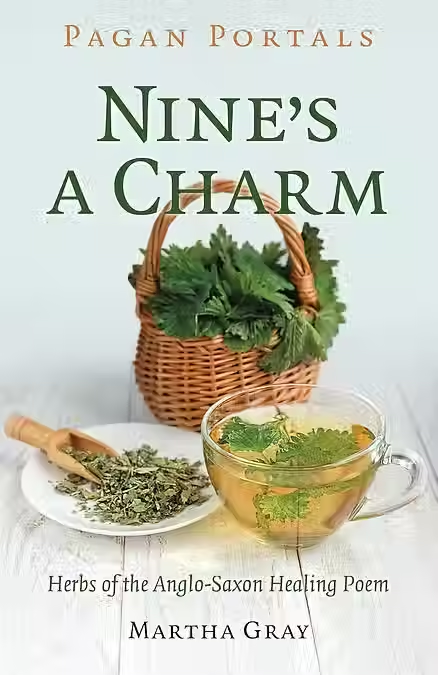Chrysanthemum by Sue Perryman
- Kitchen Witch

- Sep 19, 2018
- 3 min read

'If you would be happy for a lifetime, grow Chrysanthemums' (Unknown Chinese philosopher)
We are all familiar with this popular pretty perennial (try saying that after a few glasses of wine) that blooms in early autumn. There are many different varieties of chrysanthemum, also known as 'Mums' or chrysanths' and they come in an array of bright colours, making them a particular favourite of florists.
Like all plants, they have magical associations, but they also have quite an interesting history.
Chrysanthemums are native to Asia and North-eastern Europe, the name is derived from the ancient Greek words 'Chrysos' meaning gold, and 'anthemon' meaning flower. They were first cultivated in China as a flowering herb as far back as the 15th century B.C and made their way to Japan around the 8th century A.D after which its popularity spread. The chrysanthemum is regarded as a symbol of the sun and the Imperial family.
Chinese pottery dating back to the 15th century B.C. depicts the flower and it is known as one of the Four Gentlemen, also known as the Four Noble ones, plants that are typically depicted in ancient Chinese and East Asian art, the other three being: Plum Blossom, Orchid and Bamboo.
In ancient China, almost all parts of the chrysanthemum were used. The roots were boiled for pain relief, the petals eaten, and the leaves were used as an ingredient in a ceremonial drink. Today the leaves and flowers are still used in various dishes, cakes, wine and tea.
In Chinese culture chrysanthemums are a symbol of autumn, longevity and the traditional Double Ninth Festival, also known as Chongyang Festival or Chrysanthemum Festival which is celebrated on the ninth day of the ninth lunar month (October). This festival is associated with good health and long life and it is traditional to wear chrysanthemums and drink chrysanthemum wine or tea.
In Japan the festival is known as Choyo and is commonly celebrated on the 9th day of the 9th month according to the Gregorian calendar rather than the lunar calendar, (September). It is the last of the five sacred festivals of ancient Japan and it is traditional to eat chrysanthemum cakes and drink chrysanthemum wine.
The flower was introduced to the Western world in the 17th century. In some European countries such as: France, Belgium, Italy, Spain, Poland, Hungary and Croatia chrysanthemums symbolise death and are only used for funerals and graves.
In the U.S chrysanthemums are usually regarded as positive and cheerful and are known as ‘Queen of the Fall flowers', although in New Orleans they have become a symbol of the city's honoured dead and are only used for All Saints Day celebrations.
In Australia people traditionally wear a white chrysanthemum on Mother’s Day to honour their Mother's, they are also given as a popular Mother’s Day gift.
In the Victorian language of Flowers chrysanthemum had several meanings. The Chinese variety meant cheerfulness, the red flower stood for 'I Love' and the yellow symbolised slighted love.
The yellow or white chrysanthemum of the species C. morifolium are used to make tea in some parts of Asia. In Korea chrysanthemum are used to flavour rice wine. All varieties have edible petals, but only the Chrysanthemum coronarium has edible leaves which have a mustard-like flavour.
Magical Uses:
Ruling Planet: Sun
Element: Fire
Gender: Masculine
Magical Properties: Longevity, Spirituality, Protection
Due to their association with death, chrysanthemums are an ideal decoration for Samhain and ancestor altars.
Carry the petals in a medicine bag for protection.
Add the petals to incense to enhance your spirituality
Grow in your garden for protection and add to protective witch bottles.
It is said that drinking an infusion of chrysanthemum petals can cure drunkenness and bring a long life!
Sources: Wikipedia Flowermeaning.com China.org.cn A Kitchen Witch's world of magical plants and herbs - Rachel Patterson Cunningham’s Encyclopaedia of Magical Herbs - Scott Cunningham
Photo by Kristina Flour on Unsplash






Comments